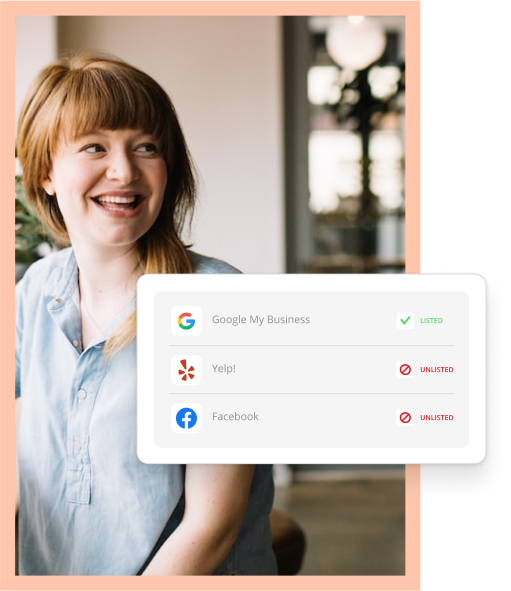 As you’re contemplating the performance of your website in 2013, you probably know that Google’s many updates throughout the year had a huge impact on many business websites.
As you’re contemplating the performance of your website in 2013, you probably know that Google’s many updates throughout the year had a huge impact on many business websites.
Understanding what they were targeting in 2013 will help you plan your website strategy for 2014.
No One Likes Low Quality
For some years now, Google has been stressing the importance of having a high-quality website in order for it to rank well in their search results. In 2013 they reinforced that advice by launching new updates to their search algorithm specifically designed to weed out these spammy sites. Here are just a few of their explanations over the past 4 years:
2013 – Matt Cutts talks about spammy guest blogging tactics
2012 – Google describes high-quality vs. low-quality websites
2011 – Google discusses finding high-quality sites in search
2010 – Matt Cutts confirms that site speed is a quality issue
What is low quality? You’ll know it when you see it. There’s the obvious stuff – gibberish peppered with keyword phrases and links, pages with almost no content – and the less obvious stuff like sloooow page loading time, content that is scraped from other websites, duplicate content, etc.
Panda – Eats, Shoots and Leaves (your low-quality website)
The Panda filter in Google’s algorithm is designed to identify low-quality websites and keep them out of search results. Google started with Panda in February of 2011, and it was a fairly major algorithm update, also referred to as Panda/Farmer. This was the first major crackdown on thin content, content farms, sites that are mostly advertising and other low-quality issues.
For a complete timeline of Google algorithm changes, check out this timeline at Moz.
What Does the Penguin Say?
The Penguin update was first launched in April 2012 and it was designed to filter out linkbuying websites and sites that participate in spammy link networks. Since then, Google has been updating the Penguin filter and in May they launched Penguin 2.0 and in October 2013 they launched Penguin 2.1.
Gone are the days when you could buy links and watch your website jump up in the search results. And they’ve refined Penguin to the point where it can identify “neighborhoods” and “networks” of sites and blogs that are built just to create keyword-rich text links back to websites to artificially boost their PageRank.
Google is serious about sifting out the sites that have spammy linking. In some cases, though, your site might have some spammy sites that link to it that you didn’t buy or ask for, and that’s why they created the “Disavow Links Tool“. So you can let Google know that the skeevy weight loss blog that links to your website isn’t a link you want.
And Hummingbird Rounds Out the Google Algorithm Updates of 2013
To Google, the word “hummingbird” evokes “precise and fast”. In August of 2013, they rolled out the biggest overhaul of their search algorithm since 2001, according to Google’s search chief, Amit Singhal.
Over 200 different factors are included in the Google search algorithm, and the Hummingbird overhaul incorporated a lot of the existing filters (like Penguin and Panda) plus added new focus.
It’s their effort to understand the meaning and intent of every search query users enter, rather than trying to simply match words. Web pages that match the meaning of the user’s search query, rather than an exact match of certain words, do better.
Search Engine Land’s Danny Sullivan laid out a great explanation of Hummingbird for those who want to know more about it.
What to do with your website in 2014?
- Make sure your website contains fresh, original, high-quality content. Yes, it’s that simple.
Content marketing with unique, helpful, relevant content will not only help to improve the quality of your website, it will draw traffic and show your target audience how smart you are (without you telling them). And these are the things Google loves to see and reward. - Leverage social media. Google is increasingly relying on social signals to indicate the quality of content on a website. Invest in your social media activities and you’ll not only draw traffic, you’ll also gain backlinks and respect from the search engines.
- Stop buying links. Don’t participate in linking exchanges, networks or other artificial ways to boost the number of links to your website.
- Spend some time cultivating natural relevant links to your site. I’ve written about that before, and it still holds true. Here’s an explanation of Google’s PageRank and some great info on organic linkbuilding.








